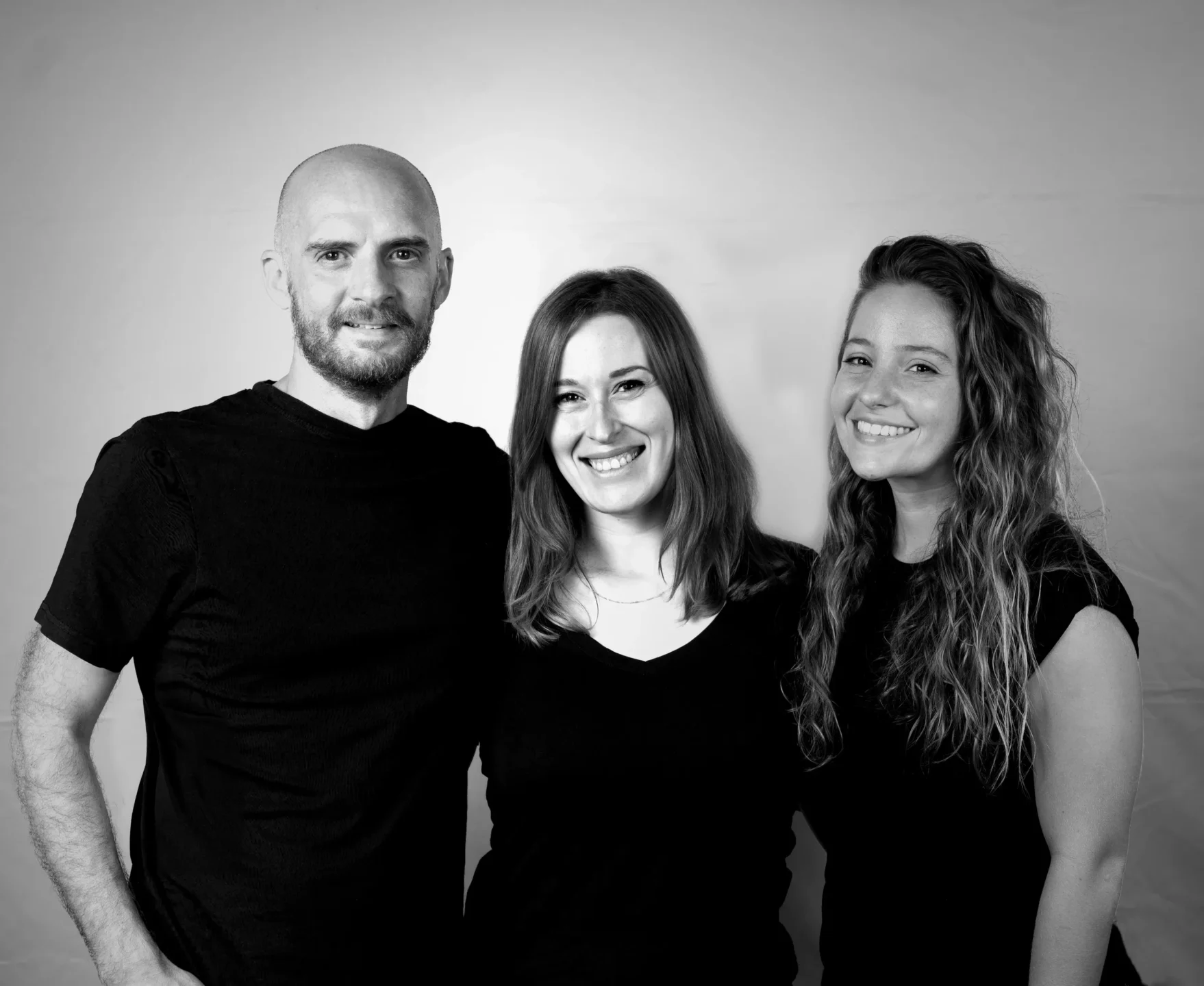by Nicole Borg
Choosing the right name for your brand is a vital element of the branding process. Apart from your logo that serves as a representation of your business in a graphical format, the brand name is the representation of your business in words. It is the main way through which people will refer to your brand, and therefore it is crucial for it to be not only simple enough to remember, but instead, captures the essence of your offering in one or two words. While it might be a close to impossible task to try to measure the value of a brand name, through this blog we will focus on how a brand name can serve to strengthen, or potentially weaken the brand itself.
Brands that have become their product
One success point that would make any brand feel like they’ve really made is when the name of your product catches on so much that it completely replaces the word or words that were previously used to refer to the item itself. Before Jacuzzi was launched and took over the market, the product was referred to as hot tub. Now whether the hot tub is produced by the brand Jacuzzi or if it’s another brand, people ask for a Jacuzzi when they’re looking into buying a hot tub. Another brand that has taken over the word is Google. No one ever says, “let me search engine this for you”, they go straight to “let me Google it” even if they’re using Bing or Yahoo! as a search engine. Let us not forget about the brand Hoover and how every vacuum cleaner search, especially in Malta starts with a “qed infittex li nixtri hoover” (I’m looking to purchase a hoover).
The double-edged sword of difficult-to-pronounce brand names
When coming up with a brand’s name, it is not uncommon for businesses to want to opt for something “different” and “avant-garde” leading them to move towards a brand name that might be more difficult- to-pronounce or inspired by words that are no longer in the modern world’s vocabulary. You might see businesses merging different words to invent a new word or the creation of unique names to avoid getting trademark applications disapproved, however, this might lead to a product name that is difficult to pronounce. This might be complicated even further if the product with the difficult-to-pronounce name is then exported abroad and sold under the same name, rather than adapting to the new country’s names and language. According to a study held in 2021 by James M. Leonhardt and Cornelia Pechmann, “consumers consistently and naively infer products with difficult to-pronounce names are less familiar, which leads to the perception of poor product controllability, and this in turn lowers product preference when consumers desire control.” As human beings, control is a need and it comes out heavily the lower you go in Maslow’s famous hierarchy of needs. It has nothing to do with controlling other people, however it has everything to do with feeling in control of our environment, of ourselves. If we had to look at this from an evolutionary perspective, when caveman George felt in control of his environment, when his tools were sharpened and when his cave was protected and hidden, then there was a far better chance for him to survive. While we have evolved as a human species since then, this need for control always remained within our subconcious and in fact guides us when we come to make a choice about anything and everything.
Aligned with this reasoning, Leonhardt and Pechmann’s study continued to find that when consumers faced difficult-to-pronounce names, they judged the product as “less controllable” and tended to opt for products that they felt they could control more. This comes out further when a brand decides to keep the same name when selling its products in a global marketing. When a name is pronounceable it automatically becomes more familiar, and therefore, businesses that want to go international should seek names that are highly pronounceable around the globe.
So what do you need to keep in mind when coming up with a brand name?
First, start by understanding what is more important to you: being unique and completely different or creating a brand that feels relatable and is immediately understood and remembered? Not everything that is unique is easy to remember! Don’t worry, this does not mean you need to opt for a boring name either.
Secondly, keep in mind that the brand name usually stays the same throughout the lifetime of a company, unless for some legal reason this has to change. While choosing the right name might prove to be time-consuming and might also cost you money, it should be seen as an investment that will then reap fruits for your business over time.
Thirdly, especially if you aim to take your brand international or you’re trying to attract a global audience, make sure that the name you choose does not have an offensive meaning in other countries or languages. Without putting enough thought into the brand name, you can end up risking a PR nightmare at the infancy stage of your product and throw you into unnecessary legal challenges. For instance, the brand Vicks worked fine in America, however when the brand went to Germany it started confusing people. In Germany, the letter “v” is pronounced as “f”, and the word started being pronounced in German which turned out to be slang for sexual intercourse. Another example would be the case of the Mistubishi Pajero and its introduction to the Spanish market. In Spanish, the word “pajero” means “jerk” and without that knowledge in mind, Mitsubishi had to eventually change the name from Pajero to Montero.
In need of support when choosing your next brand’s name?
Our Commercial Creatives love sinking their teeth into new projects and watching brands come to life. We believe that a strong brand identity, first and foremost, harmonises company legacy, values, target audience, emotions and distinctive style. That is why we treat the task of coming up with a brand name with great responsibility. Find out more about how we can support your brand and get in touch with us from here.


